Studio monitors play a huge role in the recording, mixing and mastering process. From bedroom studios to world-class facilities, you’re bound to see monitors in one form or another. So what is that sets them apart from their home audio counterparts?
Studio monitors often look deceptively similar to home cinema and hi-fi speakers. But don’t be fooled by their likeness – studio monitors are built to behave differently. If we could sum it up in the simplest layman terms, hi-fi speakers are meant to sound good with any sound and in any space, while studio monitors are meant to sound bad (for want of a better word). This is because they’re designed for critical listening – you want to be able to pick out sonic imperfections so you can fix them. Don’t worry – in this article, we’ll dig a little deeper…
Studio monitors and regular speakers: the technical differences
While both categories share common ground in many cases, you’ll generally find a few disparities across the board. Here’s a selection of the main technical differences:
- Active/passive – studio monitors tend to be active i.e. they have built-in power amplifiers. Hi-fi and other home speakers are generally passive, receiving power from a dedicated standalone amplifier.
- Individual power amplifiers – with active speakers, particularly studio monitors, you tend to have multiple power amps in one unit. This means that woofer (bass), midrange and tweeter (treble) cones are each powered individually, making for a more precise sound.
- Crossovers – an extension of the previous point, a crossover splits frequencies to ensure they go to the right driver (speaker). This again adds clarity and precision, so that you can hear every detail across the EQ range.
- Sound – kinda covered in the points above, but studio monitors are designed to have a flat, precise sound for nearfield use. This means they don’t emphasise any one frequency, giving you the most accurate impression of your mix so you can easily pick out imperfections.
What’s the difference between active and passive speakers?
We might be stating the obvious, but:
- Active means it’s powered
- Passive means it requires external power
In the case of studio monitors, most are active. You can tell this by the mains connections that they have on the back. Passive speakers tend to accept power via their audio input connections. These will usually come straight from a central amplifier; the same principle applies to guitar heads and cabinets.
What does nearfield mean?
You’ll often hear or see the term nearfield with reference to studio monitors. Heck, we used just a minute ago. So what does it mean?
In the simplest terms, nearfield means close to the user/listener. By close, we mean, a few feet away, giving you a clear, immediate sound. This prevents you from hearing natural reverberations, so you get a precise, upfront impression of your mix.
What’s the opposite of nearfield? Good question, reader. You’ll also see mid-field and far-field, which more or less mean what you think they’d mean. Mid-field generally means a few metres away, while far-field is non-directional, aimed to fill a room. Standard hi-fi speakers could be considered far-field, as they’re designed to sound good in any room and from any direction (within reason).



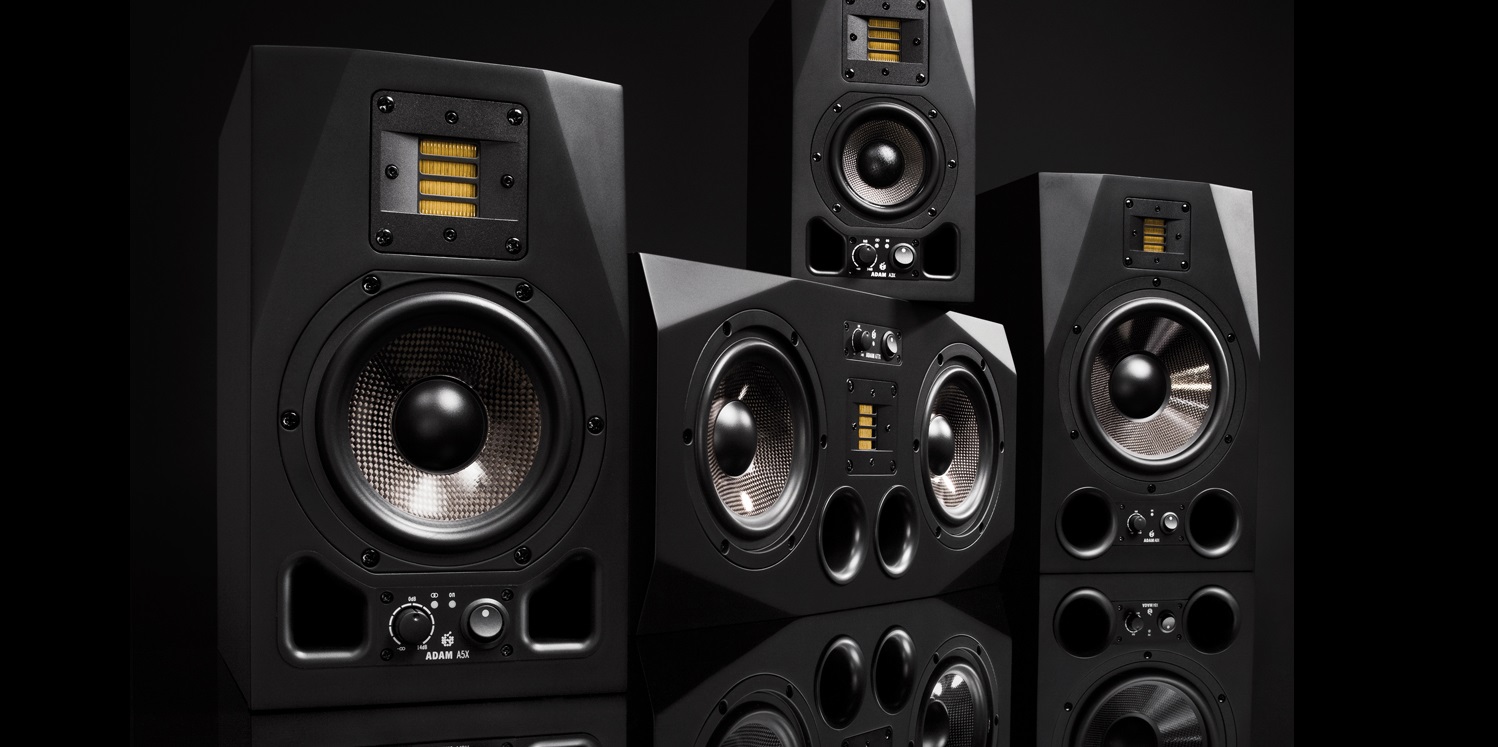
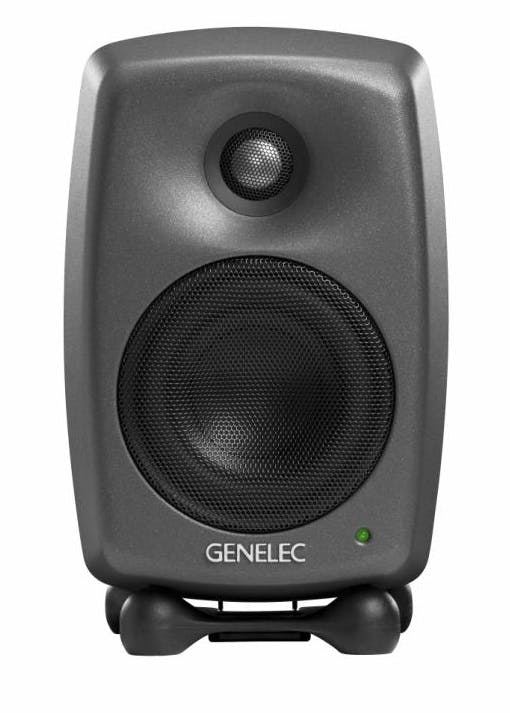
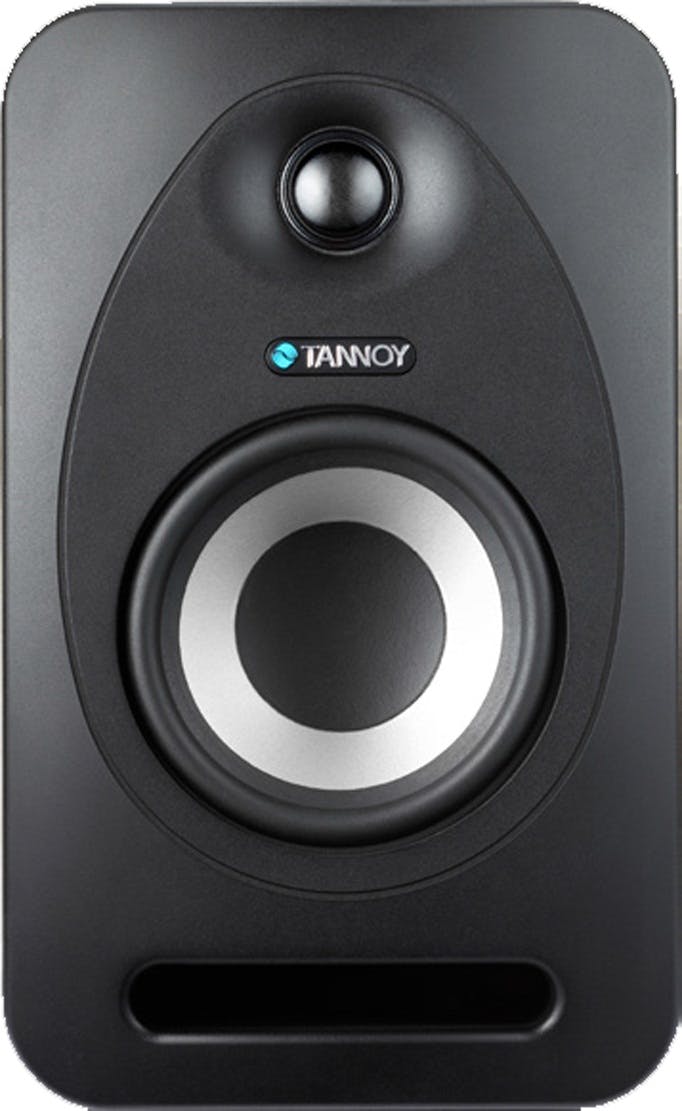


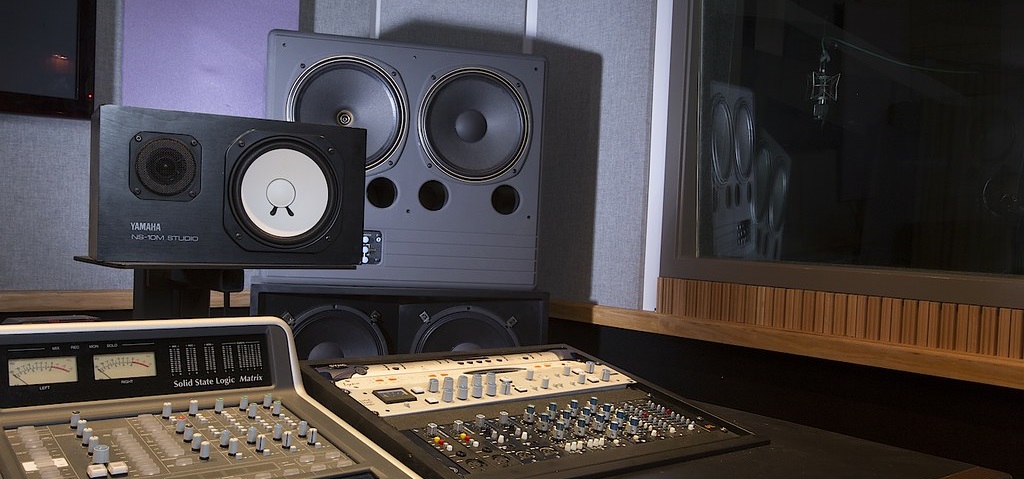
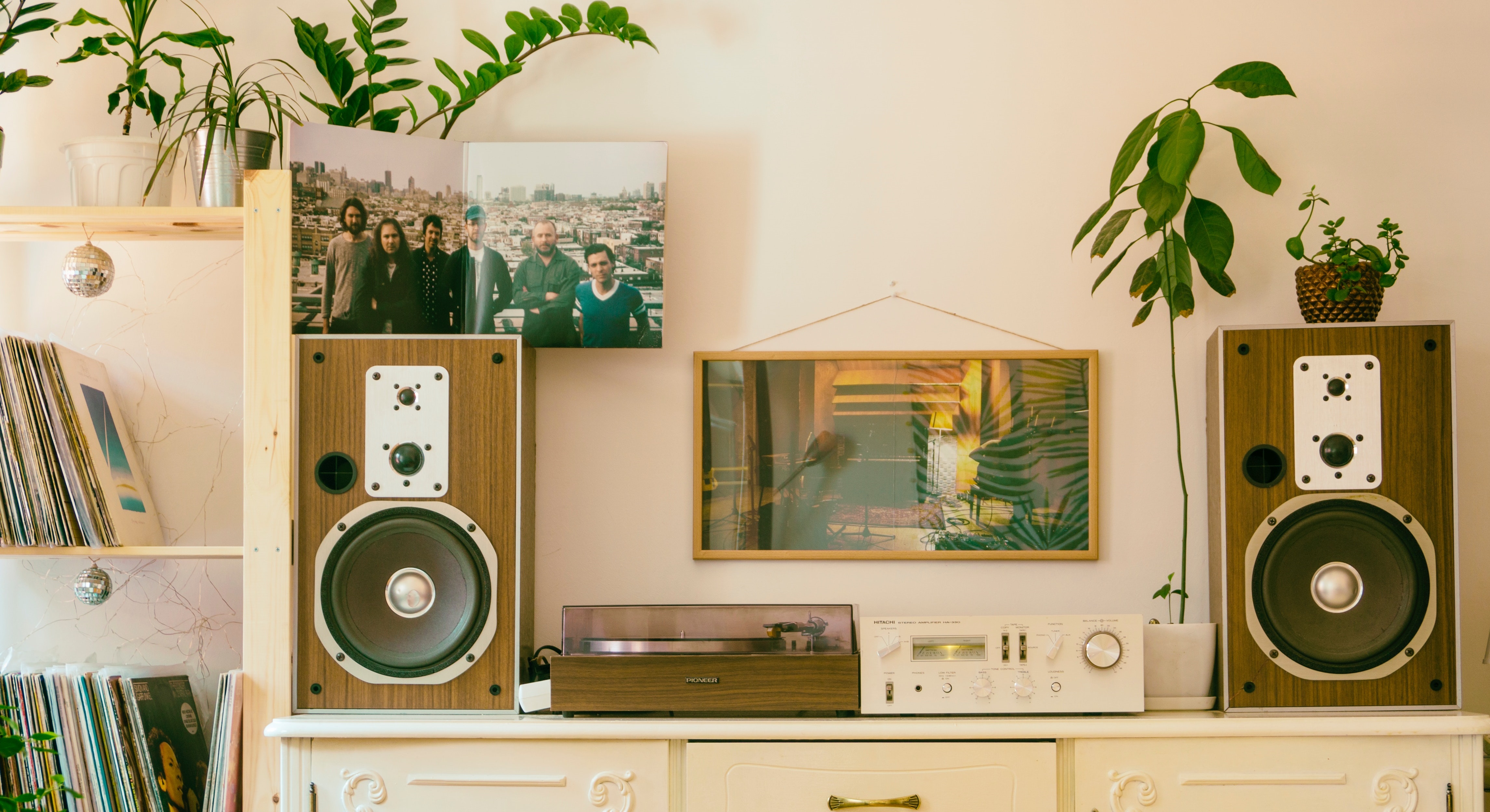
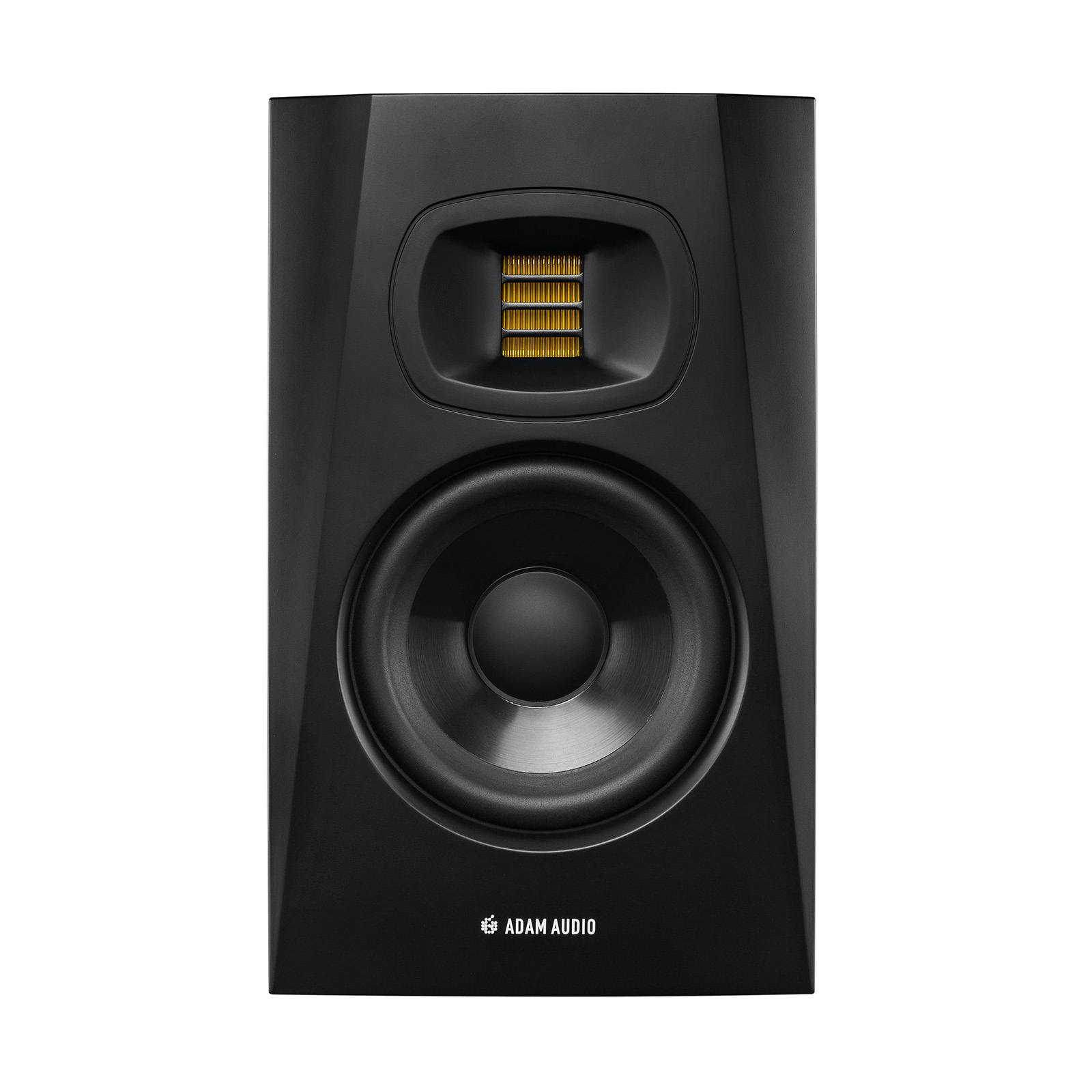

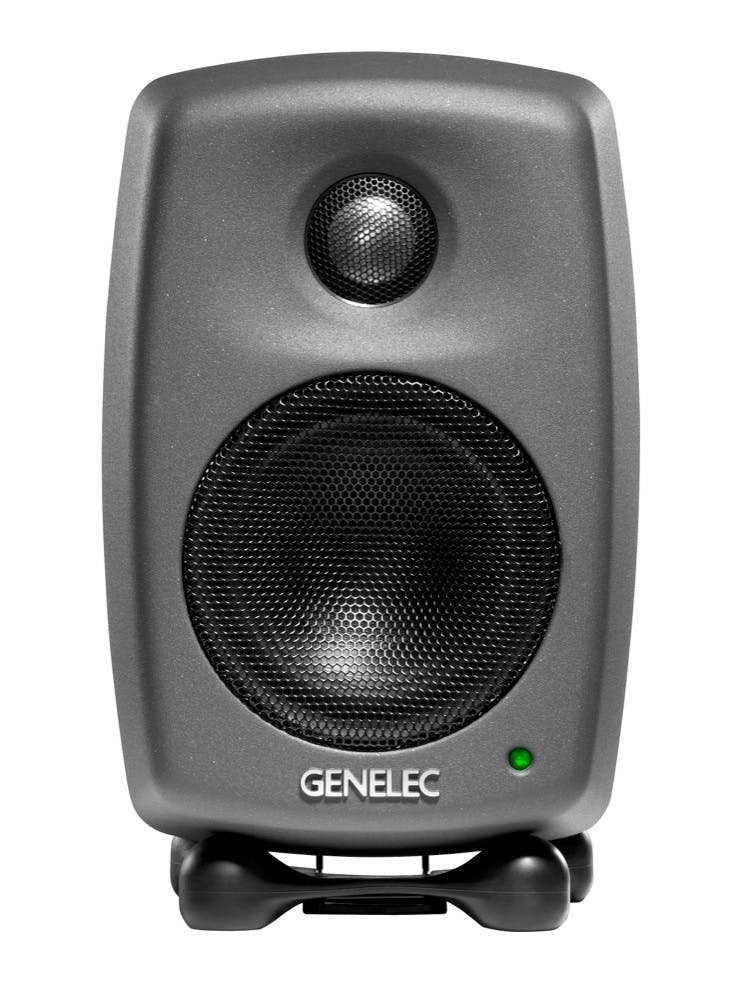
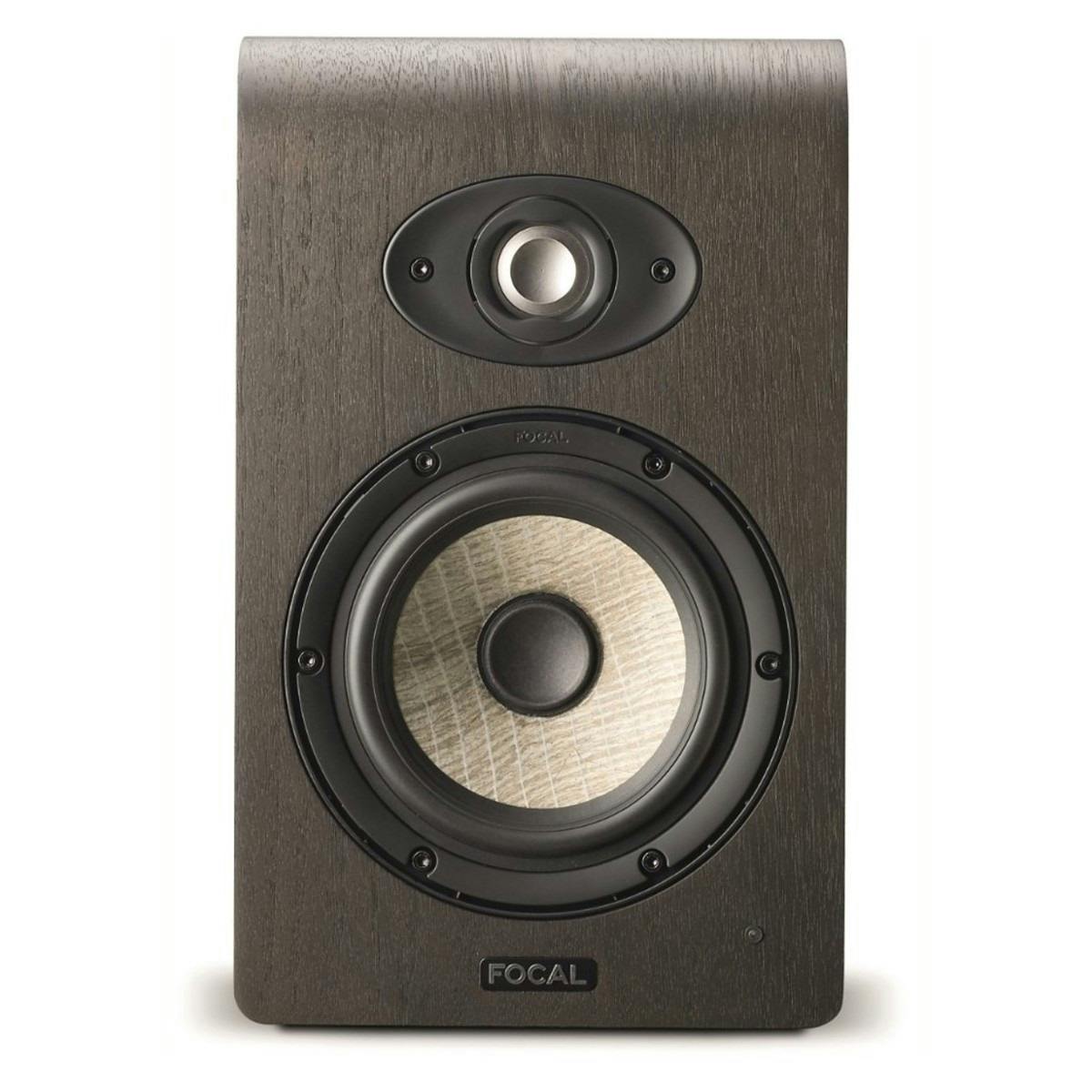

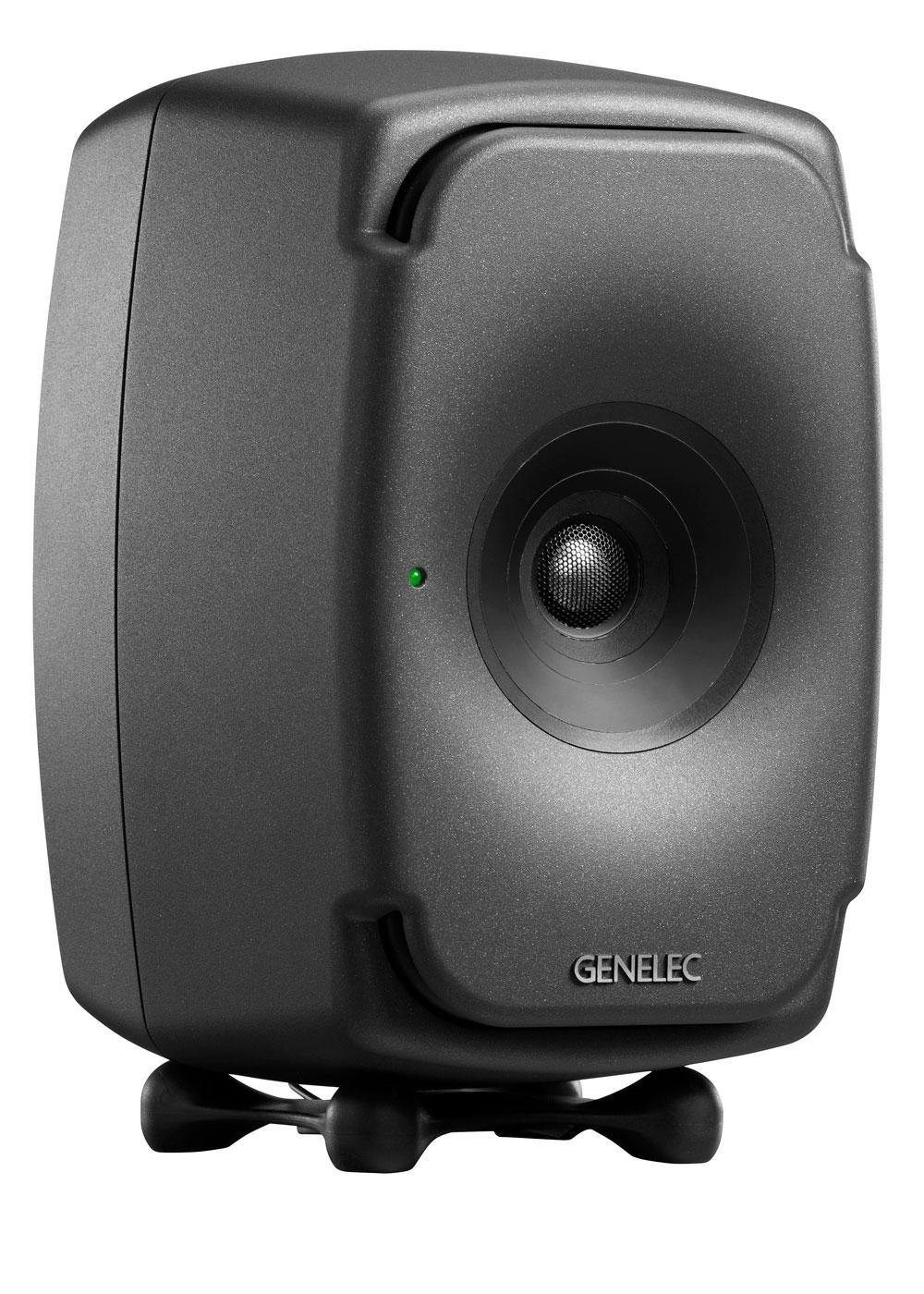
Responses & Questions